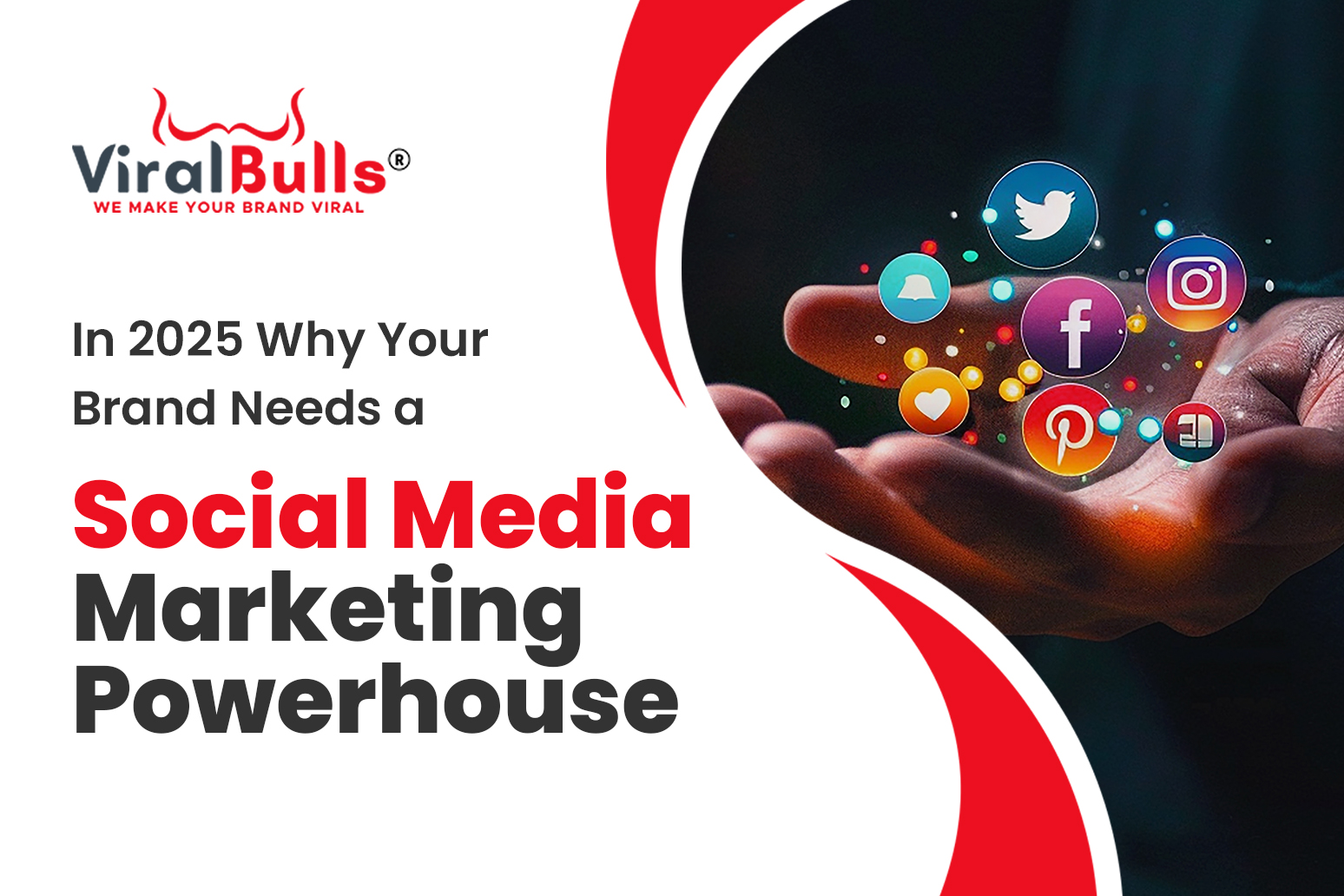In the ever-evolving digital landscape, the way we search for information is undergoing a major transformation. Gone are the days when search results were simply a list of blue links. With the rise of artificial intelligence (AI), especially Google’s Search Generative Experience (SGE) and tools like ChatGPT, search is now more conversational, dynamic, and, most importantly, AI-driven. This has led to the introduction of a new concept in SEO: AI Optimization (AIO).
Let’s explore how AIO is changing the game and what it means for content creators, marketers, and businesses in 2025.
The Shift in Search: AI’s Role in Modern Queries
The shift in search behavior is undeniable. Traditional search engines like Google have evolved, integrating AI systems to provide direct answers to user queries. Now, instead of just serving a list of links, AI systems like Google SGE, Perplexity, and ChatGPT pull answers directly from the content. This shift is primarily about answering users’ questions more efficiently and effectively.
As a result, AI Optimization (AIO) is not just about ranking well on the search engine results page (SERP); it’s about optimizing content for AI-driven responses. In this new world, content that can be consumed and cited by AI systems has more value than ever.
What is AIO (AI Optimization)?
AI Optimization (AIO) refers to the practice of tailoring content to be more visible and useful to AI systems that generate answers for users. It’s not enough to just optimize content for traditional search engines like Google. Now, websites need to be optimized for AI engines that provide quick, direct answers.
Difference Between Traditional SEO and AIO
- Traditional SEO: Focuses on optimizing for Google’s SERP—getting your content to rank for specific keywords, thus improving visibility through clickable results.
- AIO: Optimizes content for AI-powered systems like Google’s SGE, ChatGPT, and Perplexity. These AI systems don’t just rank content; they extract and present direct answers from it.
Example:
- Traditional SEO = Optimize for Google SERP
- AIO = Optimize for AI engines like Google SGE, ChatGPT, Perplexity, etc.
Why AIO Matters in 2025
The importance of AIO is only expected to grow as AI systems continue to influence how users find information. Here’s why it matters in 2025:
- Rise of Zero-Click Searches: As AI systems deliver direct answers to users, there is a dramatic rise in zero-click searches, where users get the information they need without clicking any search results.
- AI Engines like Perplexity: These AI systems pull answers directly from content, bypassing traditional search results altogether.
- Shift in Focus: The focus has shifted from Click-Through Rates (CTR) to how well content is cited and referenced by AI systems. Content that AI systems can digest and use directly is becoming more valuable.
AIO vs SEO vs AEO vs GEO (Comparison Table)
To better understand how AIO compares to other optimization strategies, here’s a breakdown of different approaches:
| Strategy | Stands For | Focus | Target |
|---|---|---|---|
| SEO | Search Engine Optimization | SERP rankings | Search engines |
| AIO | AI Optimization | AI response visibility | LLMs/AI systems |
| AEO | Answer Engine Optimization | Featured answers/snippets | Google SGE, Bing AI |
| GEO | Generative Engine Optimization | LLM source citation | ChatGPT, Claude, Gemini |
How to Do AIO for Your Website
Now that you understand the significance of AIO, here’s how you can optimize your website for AI engines:
A. Use Conversational & Structured Content
- Q&A Format: People ask questions in a conversational manner. Incorporating a Q&A format helps AI systems extract relevant answers.
- Simple Language: Write content in clear, simple language (how people speak).
- H2/H3s, Bullet Points, FAQs: These help structure the content and make it more digestible for AI systems.
B. Implement Schema Markup
- FAQ, Article, Author Schema: These help AI systems interpret your content better, improving its visibility in AI responses.
C. Focus on E‑E‑A‑T (Expertise, Authoritativeness, Trustworthiness)
- Author Bio: Include author credentials to boost authority.
- Trust Signals: Add reviews, certifications, and case studies to build trust.
D. Topical Authority & Clustering
- Interlinking Related Content: This helps create a content hub around a specific topic.
- Comprehensive Coverage: Cover a topic thoroughly to increase the chances of being cited by AI engines.
E. Optimize for Zero-Click Answers
- Short, Concise Paragraphs: AI systems favor easily scannable content.
- Summary Boxes, TL;DR Sections: Provide quick, digestible answers.
F. Use Metadata for AI Systems
- LLMs-Access: Add
<meta name="llms-access" content="allowed">to help AI engines crawl and access your content.
Real-World Examples of AIO in Action
Here are examples of AIO working in the wild:
- Example 1: A website featured in Google’s SGE, providing direct answers to users’ queries.
- Example 2: A blog being cited in Perplexity or ChatGPT for its comprehensive answer to a common question.
Tools to Help With AIO
Here are a few tools that can assist with AIO:
- Surfer SEO: Helps with NLP (Natural Language Processing) terms for better AI optimization.
- Clearscope / MarketMuse: For in-depth content analysis and AI-driven insights.
- Semrush’s AI Overview Tools: Provides data on how AI engines view your content.
- Also Asked / Answer The Public: Great for understanding user intent and optimizing for AI.
Common AIO Mistakes to Avoid
To avoid pitfalls, here are common mistakes when optimizing for AIO:
- Writing Generic AI Content: Content that lacks human touch or expertise will not be valued by AI engines.
- Overuse of Keywords: Focusing only on keywords without providing topical depth can hurt your AIO efforts.
- Ignoring Structured Data: Without proper schema markup, AI engines may struggle to understand your content.
Future of SEO: Will AIO Replace SEO?
AIO is not here to replace SEO, but rather to complement it. SEO will continue to focus on traditional search engines, while AIO focuses on optimizing content for AI engines. Together, they form a powerful strategy to ensure visibility across all platforms.
Conclusion
In conclusion, AIO is a game-changer for SEO in 2025. As AI systems like Google SGE, Perplexity, and ChatGPT continue to shape how users find information, optimizing your content for these platforms is no longer optional—it’s essential. Start auditing your content now to ensure it’s optimized for both traditional search engines and AI systems.
Key Takeaways:
- AIO is the future of content optimization for AI engines like Google SGE and ChatGPT.
- Focus on conversational, structured content to make your content more accessible to AI systems.
- Incorporate schema markup and build E-E-A-T to increase your chances of being cited by AI engines.
Are you ready to take your content to the next level with AIO? Consult with ViralBulls, the best SEO agency in Noida.






